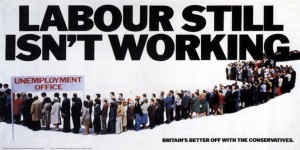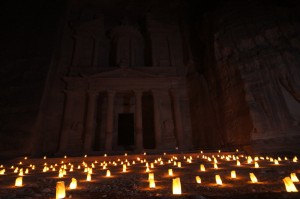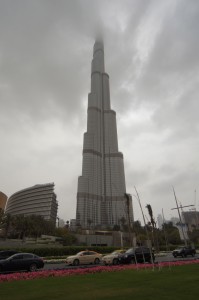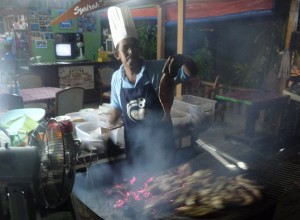If it was a fleet of the new Gonski Stealth Jet Fighters, then security and border protection would be the benefit.
If it was the Gonski High Speed Rail Link, running up the east coast, between Melbourne and Brisbane, then we would benefit from the convenience.
A Gonski Dam on the Ord River, would open up vast areas for cultivation and the subsequent benefit of increased food production.
Most Australians would see the value in paying 14.5 Billion Dollars for one of these Gonskis. That’s because we all understand what an fighter jet, rail network or a dam can deliver.
History has etched that in our minds.
Now the Gonski school funding reforms are different. It’s a complex issue to understand, let alone sell to the average punter.
There have been a number of newspaper articles written recently trying to articulate what a Gonski is. Here is the most recent one from SBS.
‘Selling’ has never been the strong point of the current government. They follow the polls when making policy decisions but don’t listen to the consumer when it comes to articulating their benefits.
They need a good advertising agency.
When the late, and very divicive, Maggy Thatcher came to power in 1979 she used the advertising agency Saatchi & Saatchi to sell her agenda. They came up with the ‘Labour isn’t working’ poster.’ This very quickly and simply articulated the Tory message.
I think Julia could take a leaf out of Maggie’s book and hire a good ad agency to help sell the Gonski.



















Corporate Social Responsibility (CSR).
Monday, January 27th, 2014Increasingly companies, organisations and governments are entering into CSR programs. CSR is primarily an attitude that can be implemented in many ways.
It’s about being a good corporate citizen.
The customers or consumers can benefit from the CSR program of an organisation, as they are rewarded by choosing an ethically and socially responsible product or service.
Look how the Nike brand was damaged by using Sweat Shops to produce their products. The garment factory fires in Bangladesh has also had repercussions on retailers here and around the world.
CSR benefits the brand and its reputation, by giving the consumer another reason to chose it. When all else is equal, a brand’s reputation can make the difference.
There are many benefits in developing a meaningful CSR program, the obvious one is the associated good-will that is generated towards the organisation. However a ROI is also counted as a primary objective and benefit of the program.
The second day of the New Year’s cricket test, at the Sydney Cricket ground, is traditionally a day given over to the the McGrath Foundation and is known as the Pink Test.
This was the sixth Pink Test and to-date over 5 Million Dollars have been raised to provide Breast Care Nurses throughout Australia.
This year, as the major sponsor of The Ashes, the Commonwealth Bank were involved for the first time.
I watched it on TV and it was a fun day, with the involvement of both the Australian and English cricket sides, the Chanel 9 commentary team and of course the spectators.
The biggest surprise to me was that the Commonwealth Bank actually changed their logo for the day.
It’s a brave company that messes with their corporate identity, but it paid off.
The pink logo would have been noticed more in this test than any of the four that had gone before.
Posted in Comment, Marketing | No Comments »